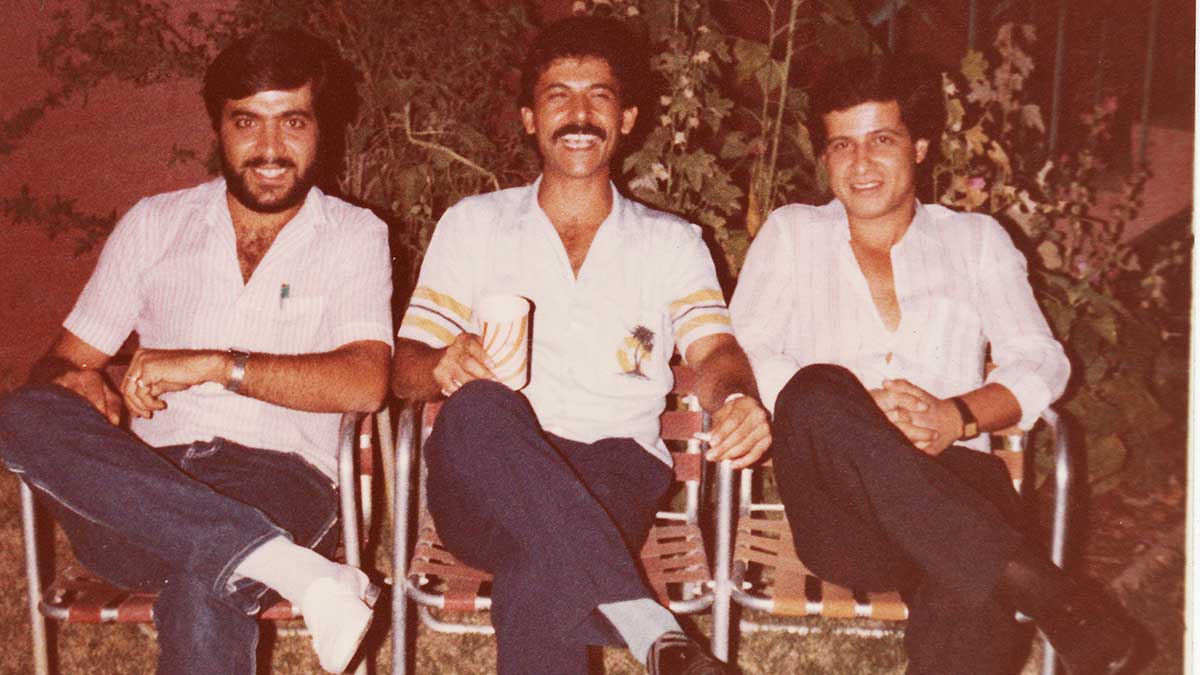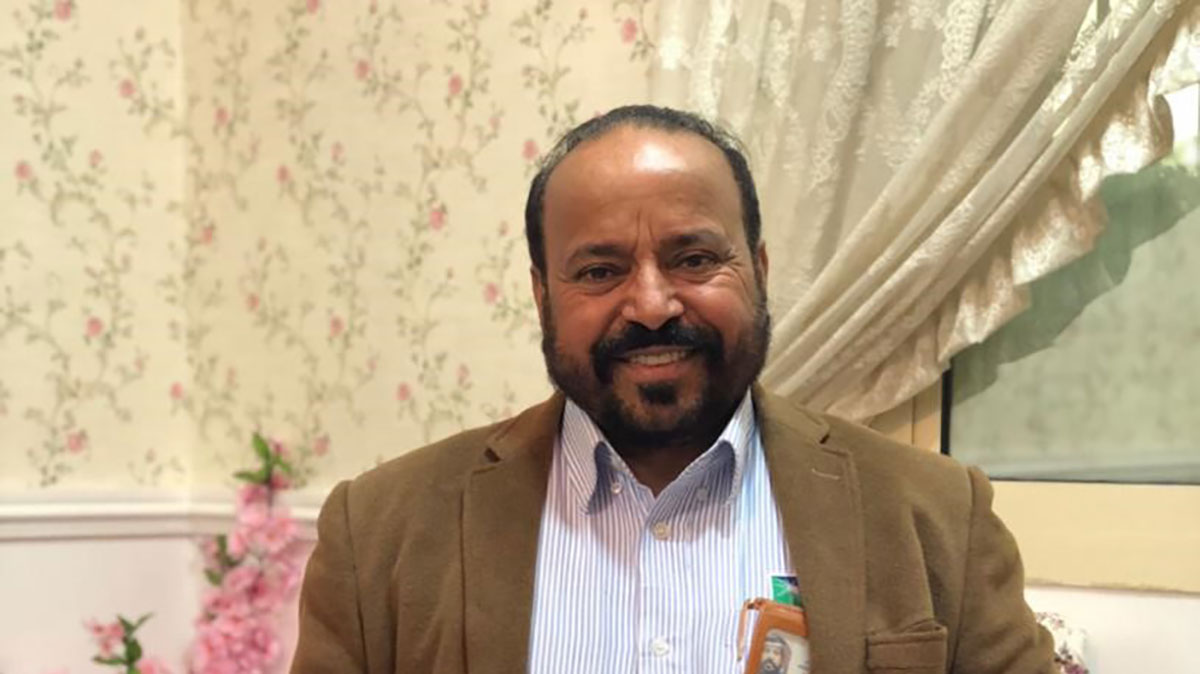Memories of Tapline
Retirees share their experience from working on the Trans-Arabian Pipeline

Global May 30, 2021 - By
“Because it’s not about the place you live in, it’s about the people you live with.”
Late last year, the Saudi Heritage Commission announced that the Trans-Arabian Pipeline, also known as the Tapline, had been named a National Industrial Heritage site. This designation highlights the important role for the construction and maintenance of the Tapline in developing the communities of the Northern Region of Saudi Arabia, as well as providing secure and cost-effective delivery of hydrocarbons to customers in Europe and beyond following World War II.
With construction beginning in 1948, starting in Abqaiq to Qatif Junction and onward to Qaisumah, the 1,200-kilometer Tapline eventually stretched across the north of the Kingdom through Rafha, Badanah (later called Ar-Ar), and Turaif before reaching the terminus a few kilometers south of the ancient city of Sidon in Lebanon.
The Arabian Sun reached out to former Tapline employees and dependents to tell us stories about life in one of the world’s most important pipeline projects.

Mohamad El Chami, Tapline telecommunication specialist, 1982-1990
In March of 1982, I came to Turaif, which was the main site of the operations. I was a telecommunications specialist. Our duty was to maintain the microwave system, the telecoms equipment at each station along the route. For the main pump stations, there was 250-300 kilometers (km) between each site. There was 150 km between each substation, and 50 km between each microwave site. Our job was to maintain all that equipment, and as the youngest person on the team, I used to travel on a daily basis.
The connection between the Tapline camp and the Saudis living in all the villages and cities along the route was really close. The Saudis always talked about us, because many of them worked with us. They used to invite us to their weddings. I lived in Turaif for four years, then lived in Badanah until 1990, and then left Tapline in 1990. Every place along Tapline was a good place to live, because it’s not about the place itself, it’s about the people you live with.

Hudaib Al Hajri, Tapline decommissioning, Northern Area Pipelines
I joined in Tapline decommissioning activity as operations Forman early in 1999, and served with them until 2015, both at the Saudi Arabian and Jordanian sites.
During the Tapline construction, there was no asphalt road, only a sandy and rocky road. The old Tapline retirees tell us that it was a very hard road to travel, and the traveling was very difficult, especially for long distances.
The Tapline transformed everything in the Northern Borders area. The people who lived in that area were hired to do jobs at the Tapline, and those jobs brought prosperity to the communities along the Tapline. The Tapline also built hospitals, schools, and other facilities in different locations, and wherever there was a Tapline camp, there would be local communities that grew up alongside them.
During the decommissioning period, we were ready to face any problem that came up, and immediately resolved issues in a very short time. Because of the long distances, and the importance of a quick response, we kept materials and all the spare parts at each main pump station so we could do our repairs and maintenance in a timely manner.

Saud B. Al-Sharhan, operations engineering Group Leader at Northern Area Pipelines
The Tapline is a great engineering structure that is considered one of the largest engineering structures in the world. The nature of the desert is difficult. The construction was carried out in various weather conditions as well as in different geographical settings. And at its height, there were three different governments sharing the custodianship of the land through which the Tapline ran — in Lebanon, Jordan, and the Kingdom of Saudi Arabia.
I’m an operations engineer at Berri and Safaniyah, and my responsibilities include protecting the lands around the Tapline from encroachment. The Tapline runs 1,298 km in the Kingdom, and the pipeline owns the land 200 meters in width for the full length. That’s one-third of the land in the Kingdom of Bahrain. So for Aramco engineers, the Tapline is one of the milestones to be proud of.



